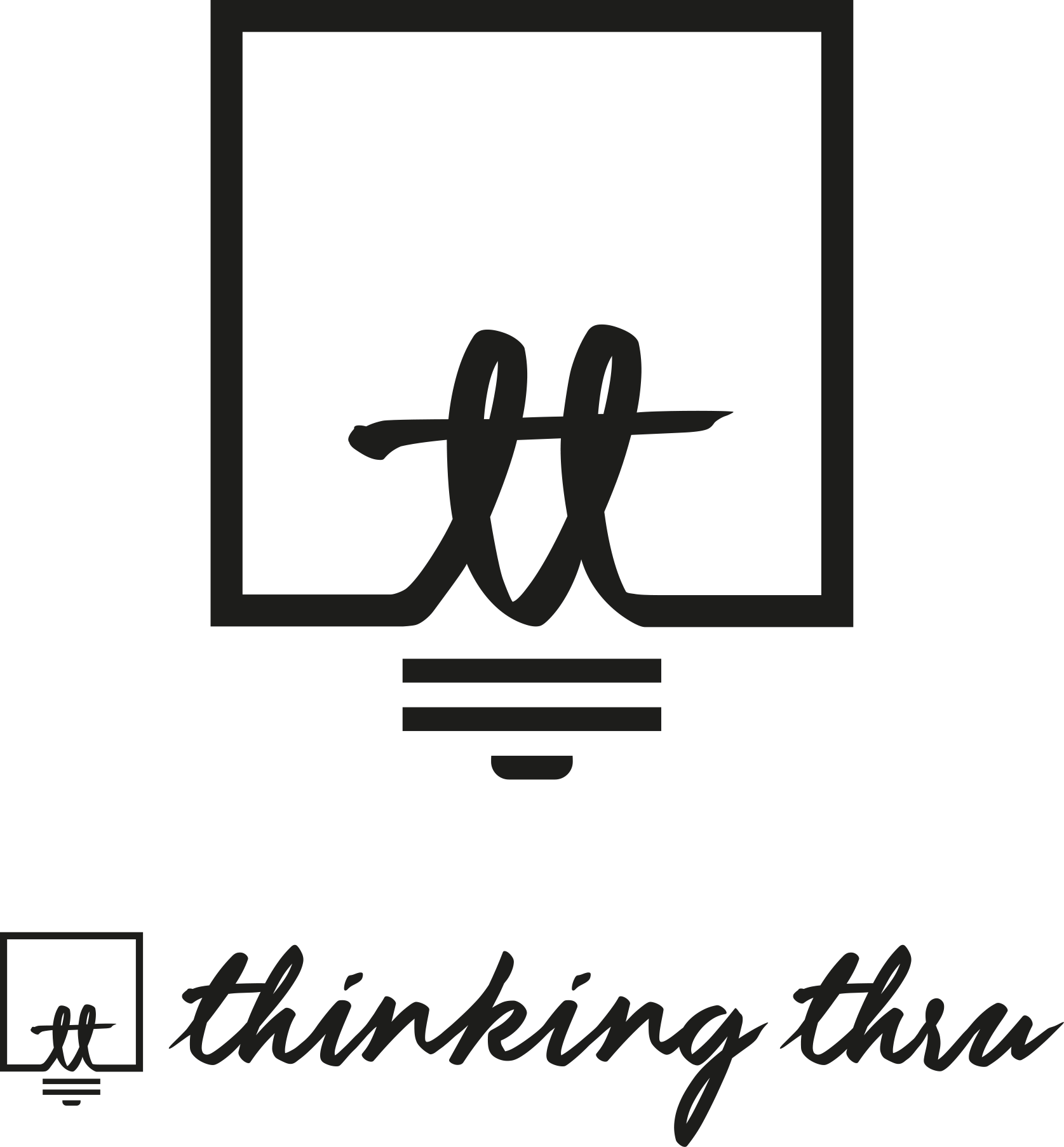How The Medium Of Communication Affects What You Say!
The medium used for communication plays a vital role delivering the message. In fact, it does more than just portray a message. It adds context, emotion, urgency and more. How you communicate with employees and customers is something we often neglect to consider.
In this article, we discuss some of the various mediums you could use to communicate and the pros and cons of each.
Categories of communication in Business
Communication is categorized to be either one-way or two-way. One-way communication facilitates the release of information without the option for feedback from your audience. Two-way communication allows feedback whether publicly or privately.
One-way communication is effective for making statements such as office memos, policy changes, media announcements, advertising of sales etc. One-way communication is available through email, phone, mail and social media.
Two-way communication is used for gathering information such as surveys, questionnaires, opinion polls, votes, advice/recommendations etc. Two-way communication is easily accomplished in modern times with the availability of online survey services (e.g. surveymonkey) and various social media platforms.
Communication can be further divided into verbal and non-verbal. Verbal provides the often understated advantage of tone of voice which can help the interpretation of statements. Non-verbal communication is more likely to result in misinterpretation or multiple interpretations of sentences.
Verbal communication includes both one-way and two-way methods; e.g. recorded video versus face-to-face/teleconferencing.
Types of Communication
Now becoming the most common and default practice for many businesses, email provides many benefits, however, how you use it is important.
The benefits of email are obvious, file attachment, speed of delivery, communication tracing, remote communication etc. However, there are some downsides, not specifically of email, but how it can be improperly used.
A business should always appear professional so emails not laid out in a formal manner can be perceived unprofessional. Also consider receiving an email with clear spelling mistakes, grammatical errors, missing information etc. Maintaining a professional image is difficult if the sender is not taking the time to ensure the email is professionally crafted and checked over. If you don’t have a spell checker, you should at least spend the short amount of time it takes to read over your email. Don’t get me wrong, everyone makes mistakes but not taking the time to ensure your emails are as high quality as your business will ultimately affect your outward appearance.
Text Messages
Text message communication is an increasingly common form of communication. Its cheap and easy and allows immediate replies if needed. Text messages are informal because you cannot apply the same formality as you can to a letter or email. Also, text messages need to be short as nobody wants to read an email length text on their phone. So, communication via text is fine as long as it's informal and short.
Phone Calls
Although it may seem old-fashioned, phone calls still play a vital role in communication. The benefits are clearly the ease or response and ability to clarify. The downside is the time required to make the calls as typically you are only communicating with one person at a time. Often businesses employ other companies to perform their phone surveys which means added cost.
Face-to-face
Face-to-face communication is still the best method for portraying sensitive information. It takes more time and effort than any other method and as a result, is an acknowledgment of the importance of the information. Consequently, this method is reserved for very sensitive information and not as commonly used as just about any other method.
Social Media Platforms
Social media is essential for just about every business these days. It is adjustable in that it can be one-way or two way communication and some can incorporate verbal and non-verbal communication.
When it comes to communicating using social media, you should adhere to some limitations such as only posting about the business, products, services etc. Social media posting is viewed as an expression of your thoughts and opinions which may not be shared by your employees or clients. Always think about what you are posting and how it will be perceived.
Body language
Last but certainly not least, body language is an important form of communication. Clearly this only applies to visual forms of communication but should also be considered. Body language also includes what the person is wearing such as a suit and tie versus jeans and a shirt and should be appropriately considered for the occasion.
Factors to consider when deciding what communication medium to use
Choosing the correct form of communication can be determined using the following questions:
Consider what your audience would prefer?
How much information do you need to gather or deliver
How sensitive is the information? i.e. is it for public knowledge, company wide or to a single person.
Do you need/want feedback?
Is this a formal communication?
Does the communication require accompanying material?
Is cost a factor?
In Summary
The method of communication is an important consideration in business. Whether that is communication towards employees or clients, the information above should help you decide which method is best. If you are unsure or have any more questions about how to communicate through your business, contact business coach David D’Silva.




